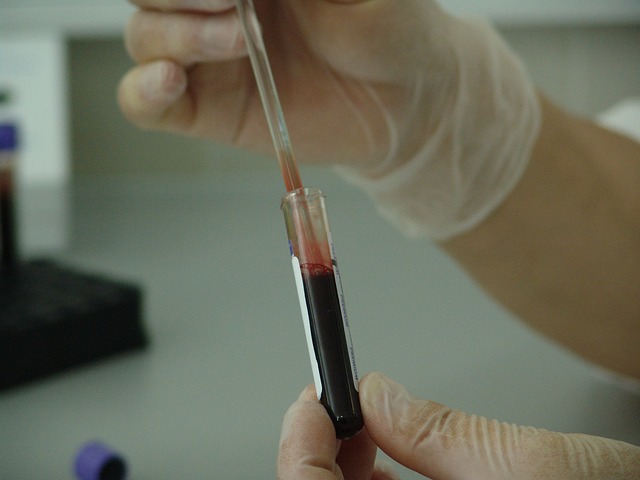The death of a 13-year-oldboy from a sudden cardiac arrest led to a spate of misdiagnoses by his doctors, highlighting how genetic testing can go sometimes go very wrong.
More than 20 of the boy’s relatives were diagnosed incorrectly, leading to the boy’s brother receiving a defibrillator implant that he did not need, the Wall Street Journal reports. The device has shocked his heart twice since the doctors put it in, researchers said.
Dr. Michael Ackerman, a cardiologist and director of the Windland Smith Rice Sudden Death Genomics Laboratory at the Mayo Clinic in Minnesota and senior author on the study, says all the genetic tests were done with “good intentions.”
However, “the entire clinical evaluation was a train wreck, where wrong conclusions led to wrong turns and resulted in wrong therapies.”
The unidentified family was diagnosed with a heart-rhythm condition called Long QT Syndrome, which refers to abnormalities in electrocardiograms. They went to the May Clinic for a second opinion after doubting the diagnoses they were given.
Ackerman, an expert on Long QT Syndrome, says that around 40% of patients and families who go to the clinic for a second opinion on the condition don’t actually have it.
As many as 5,000 people in the USA under the age of 35 suddenly die each year due to unexplained causes. These include athletes who drop dead on the field, infants who don’t wake up, or normal people who simply stop living while conducting normal activities.
Advances in genomics and more affordable DNA sequencing methods are helping to determine if cases like these have underlying genetic causes. Medical professionals have increasingly turned to molecular autopsies so that they can give families answers and potentially determine if other family members have the same abnormalities.
Ackerman says in the case of this boy, his autopsy revealed possible heart muscle anomalies, but the medical examiner could not pinpoint the cause of death. A cardiologist then ordered a genetic test on the boy’s brother, but did not check the DNA of the boy who died.
The test revealed a mutation in a gene associated with Long QT Syndrome, which the cardiologist immediately assumed caused the other boy’s death, leading to the defibrillator implant supposedly as a preventive measure. The same mutation showed up in tests of 20 other family members.
However, Ackerman and his colleagues ultimately found that none of them had an abnormal electrocardiogram that pointed to Long QT Syndrome. In addition, a DNA test of the deceased boy’s blood proved that he had another genetic anomaly linked to sudden death – not Long QT. Further analysis also exposed that the mutation found in the family members was a variation that was not associated with Long QT.
The case emphasizes the importance of using data from the actual victim of a sudden cardiac death, Ackerman says, not a family member. He also cautioned that doctors should rely first on physical traits that can be determined by conventional testing methods before doing a genetic analysis.
The study was published in Mayo Clinic Proceedings.
























